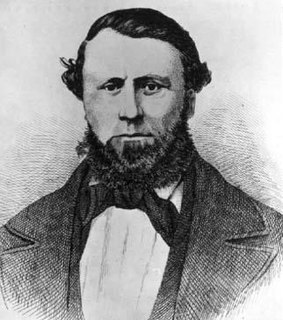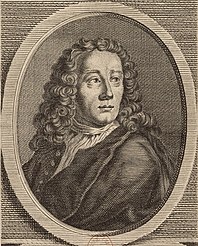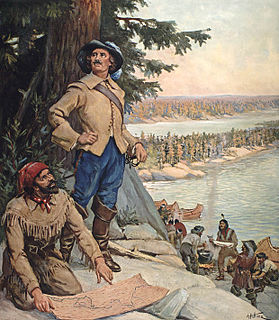Jean-Baptiste Barsalou (9 September 1706Template:Smd 18 March 1776) was from a business family in Montreal, his father having been a master tanner with his own business in that location.
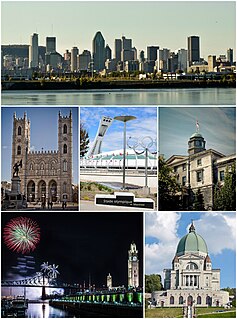
Montreal is the most populous municipality in the Canadian province of Quebec and the second-most populous municipality in Canada. Originally called Ville-Marie, or "City of Mary", it is named after Mount Royal, the triple-peaked hill in the heart of the city. The city is centred on the Island of Montreal, which took its name from the same source as the city, and a few much smaller peripheral islands, the largest of which is Île Bizard. It has a distinct four-season continental climate with warm to hot summers and cold, snowy winters.
Due to the premature death of his father, Jean-Baptiste's family was divided up and he fell under the custody of an elder brother who ran the tannery and other business interests of the family. Jean began his working life in the fur trade as a voyageur for his uncle, Jean-Baptiste Neveu. By the early 1730s he had taken over the family tannery and entered into various business arrangements to further this enterprise. By 1747 he had expanded into buying and selling land on the St. Lawrence.
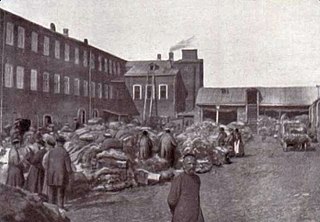
The fur trade is a worldwide industry dealing in the acquisition and sale of animal fur. Since the establishment of a world fur market in the early modern period, furs of boreal, polar and cold temperate mammalian animals have been the most valued. Historically the trade stimulated the exploration and colonization of Siberia, northern North America, and the South Shetland and South Sandwich Islands.
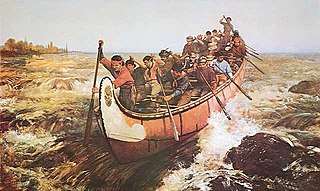
The voyageurs were French Canadians who engaged in the transporting of furs by canoe during the fur trade years. The emblematic meaning of the term applies to places and times where transportation of materials was mainly over long distances.
The Seven Years' War and the subsequent English rule was devastating to many businesses of the time and Jean-Baptiste's holdings were no exception. Instead of passing a large estate to his sons, his holdings were almost all gone. His sons became voyageurs and the Barsalou tannery ceased to exist.

The Seven Years' War was a global war fought between 1756 and 1763. It involved every European great power of the time and spanned five continents, affecting Europe, the Americas, West Africa, India, and the Philippines. The conflict split Europe into two coalitions: one was led by the Kingdom of Great Britain and included the Kingdom of Prussia, the Kingdom of Portugal, the Electorate of Brunswick-Lüneburg, and other small German states; while the other was led by the Kingdom of France and included the Austrian-led Holy Roman Empire, the Russian Empire, the Kingdom of Spain, Sweden, and the Electorate of Saxony. Meanwhile, in India, some regional polities within the increasingly fragmented Mughal Empire, with the support of the French, tried to crush a British attempt to conquer Bengal.






